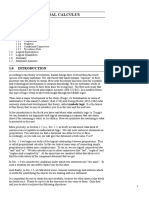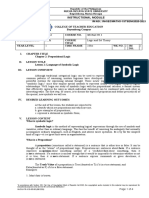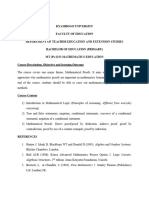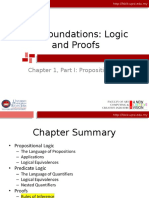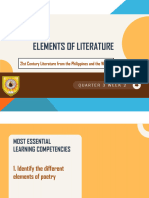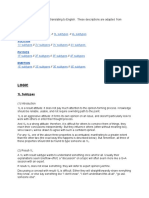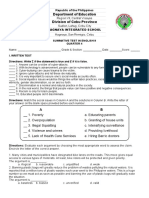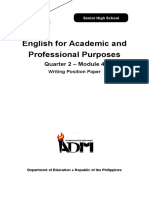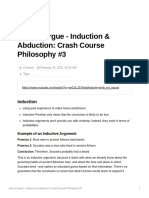0% found this document useful (0 votes)
15 views3 pagesModule 1. Logic and Proofs
Module 1 covers the foundations of logic and proofs in mathematics, focusing on constructing valid arguments and various proof methods. It introduces propositional logic, defining propositions and their truth values, as well as compound propositions and their negations. The module also includes exercises to practice identifying propositions and writing their negations.
Uploaded by
joey.udm.22Copyright
© © All Rights Reserved
We take content rights seriously. If you suspect this is your content, claim it here.
Available Formats
Download as DOCX, PDF, TXT or read online on Scribd
0% found this document useful (0 votes)
15 views3 pagesModule 1. Logic and Proofs
Module 1 covers the foundations of logic and proofs in mathematics, focusing on constructing valid arguments and various proof methods. It introduces propositional logic, defining propositions and their truth values, as well as compound propositions and their negations. The module also includes exercises to practice identifying propositions and writing their negations.
Uploaded by
joey.udm.22Copyright
© © All Rights Reserved
We take content rights seriously. If you suspect this is your content, claim it here.
Available Formats
Download as DOCX, PDF, TXT or read online on Scribd
/ 3












